-
Welcome to Tacoma World!
You are currently viewing as a guest! To get full-access, you need to register for a FREE account.
As a registered member, you’ll be able to:- Participate in all Tacoma discussion topics
- Communicate privately with other Tacoma owners from around the world
- Post your own photos in our Members Gallery
- Access all special features of the site
Audio Visual DIY Thread
Discussion in 'Audio & Video' started by ItalynStylion, Nov 8, 2009.
- Thread Status:
- Not open for further replies.
- Thread Status:
- Not open for further replies.


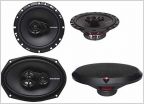 Speaker upgrade
Speaker upgrade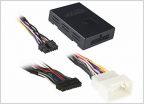 DNX5120 question
DNX5120 question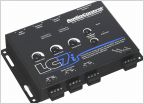 Stock Head Unit - Make it Work?
Stock Head Unit - Make it Work?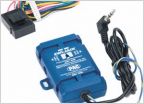 Pioneer AVH-P3200/PAC-SWI-PS Programming
Pioneer AVH-P3200/PAC-SWI-PS Programming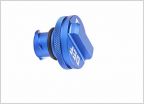 Which amp wiring kit to buy
Which amp wiring kit to buy Another Stereo Upgrade Thread
Another Stereo Upgrade Thread












































































